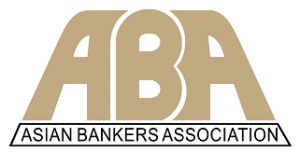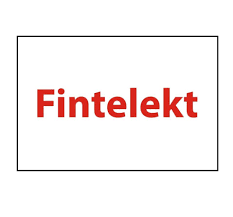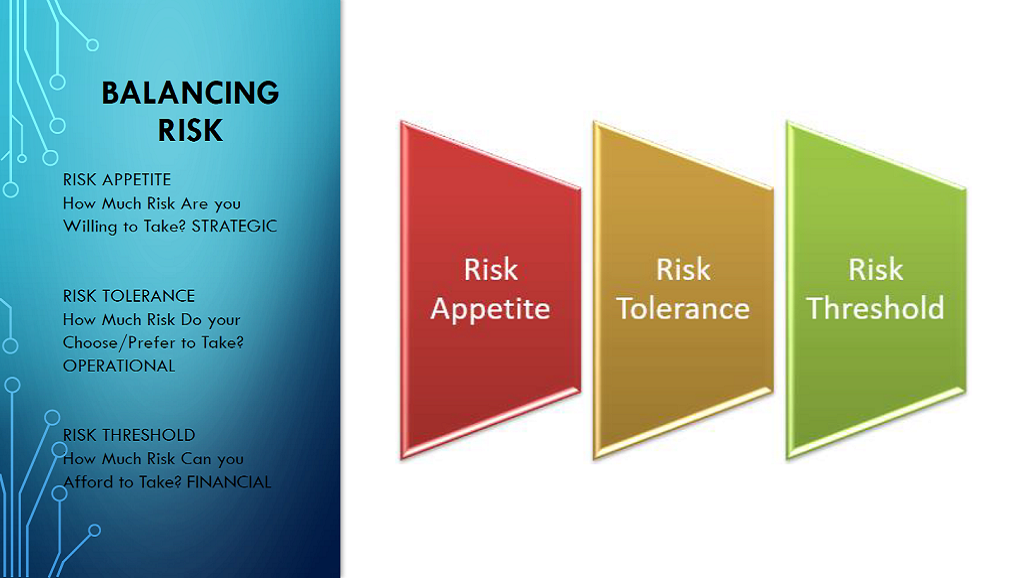 The webinar on AML Governance held on 16 December 2020, was the last of the successful 2020 Webinar Series jointly organized by the Asian Bankers Association and Fintelekt Advisory Services, Ltd.
The webinar on AML Governance held on 16 December 2020, was the last of the successful 2020 Webinar Series jointly organized by the Asian Bankers Association and Fintelekt Advisory Services, Ltd.
With more than 536 registered participants from all over Asia and beyond, the webinar was moderated by Arpita Bedekar, Director of Strategy & Planning, Fintelekt Advisory Services, and featured two expert speakers, namely, Tanya McCartney, CEO & Executive Director, The Bahamas Financial Services Board, and Pramod Khandelwal, Faculty Member, Fintelekt Advisory Services.
The webinar discussed the typical structure of an AML/CFT governance framework, the value of an enterprise-wide risk assessment, the intersection of compliance and risk management with governance and ethics within the organisation, establishing the right tone at the top, roles and responsibilities of various stakeholders to ensure an effective and implementable governance framework, communicating the effectiveness of the AML/CFT governance framework in your organisation with the regulator.
Key Takeaways from Tanya’s Presentation:
- Organisations exist to create value for their stakeholders – customers, investors, employees, the government and the community at large. There needs to be collaboration between business and compliance to achieve organisational goals and targets.
- The business decides what their risk appetite, risk tolerance and risk threshold is, and the balancing act involves having regard to what can go right and what can go wrong.
- To determine the risk appetite and risk tolerance as well as to apply the risk-based approach recommended by the Financial Action Task Force, an assessment to identify the risks that the organisation is exposed to is necessary.
- While conducting an enterprise-wide AML/CFT risk assessment, financial institutions must take into the account the characteristics of their customers, the products, services or operations offered, factor in the countries or geographical areas that they operate in and the distribution channels used.
- Risk assessment is an on-going process and should be updated as risks affecting the business evolve and there are changes in any of the business parameters.
- Once risks are identified, a gap analysis identifies inherent and residual risks. This is followed by the adjustment phase which consists of new or additional measures to control and mitigate the risks identified and not covered. Lastly, the organisation can adopt a risk-based approach by taking actions commensurate with the risks identified.
- The tone from the top is set by top management and the corporate environment and percolates into clear standards, robust audit tools, recruitment, commitment to quality service delivery and continuous improvement within the organisation.
“The best time to build trust with the regulators is when everything is going right for your organisation.” – Tanya McCartney
 Key Takeaways from Pramod’s Presentation:
Key Takeaways from Pramod’s Presentation:
- AML penalties continue to increase globally. Effective understanding of ML/TF risks of a majority of jurisdictions under FATF on-going monitoring is of concern.
- The first case study shared was of Wells Fargo Bank which was penalized several billion dollars for violations that include opening fake business accounts, illegal lending, unauthorized mortgages and several other illegal acts due to a lack of ethics and effective governance that cascaded across the organisation.
- In the second case study of Bank of Baroda, India, which experienced an advance remittance fraud in 2013-15 on account of a variety of omissions throughout the organisation – including the branch, head office and the AML team. The bank was penalized INR 50 million by the central bank and INR 90 million by the Financial Intelligence Unit.
- Governance can be impacted and influenced by governance at the level of the enterprise, economy, counterparty country and financial institution and by governance at the global level.
- Continuous skill improvement of resources and upgrading systems to deal with new approaches and innovations are important ways in which to make AML governance effective.
- Some ways in which AML compliance challenges can be met can be through creation of public-private partnerships, using the support from trade bodies, and through knowledge-sharing amongst financial institutions.
- Business has the primary onus of compliance and this message needs to be very clear throughout the organisation.
“Having the governance elements in place is not enough unless it is supported by action from the top management and the right tone at the top.” – Pramod Khandelwal
We would like to share with all registered participants the following resources presented during the session:
(1) The video recording of the webinar is available in the ABA Youtube channel and can be viewed HERE.
(2) The Presentation materials in PDF format can be downloaded HERE.
(3) The webinar’s assessment test is accessible HERE. The deadline for completing the assessment test is 31 December 2020.


Leave a Reply